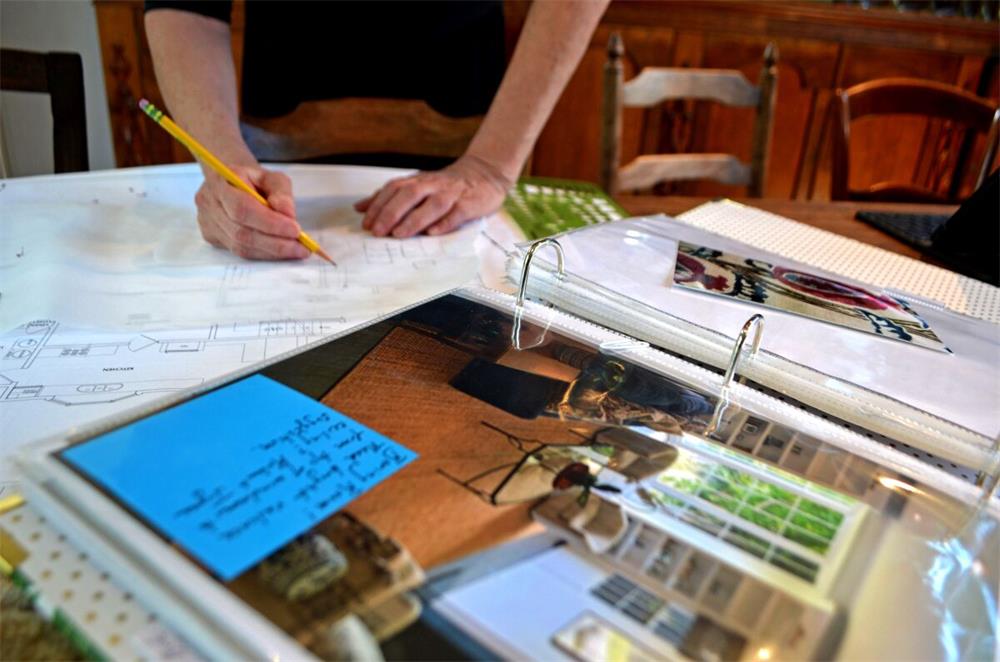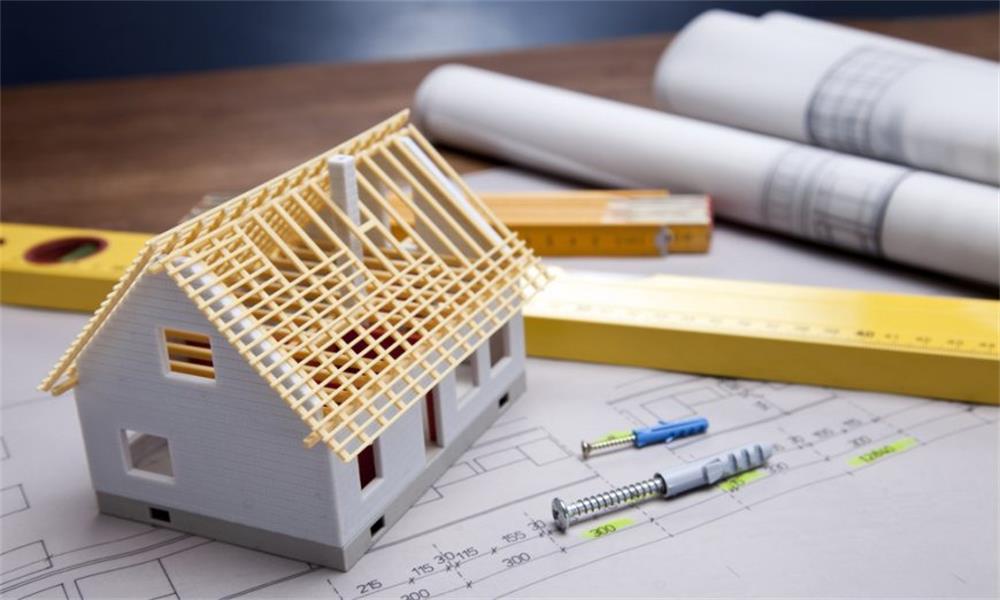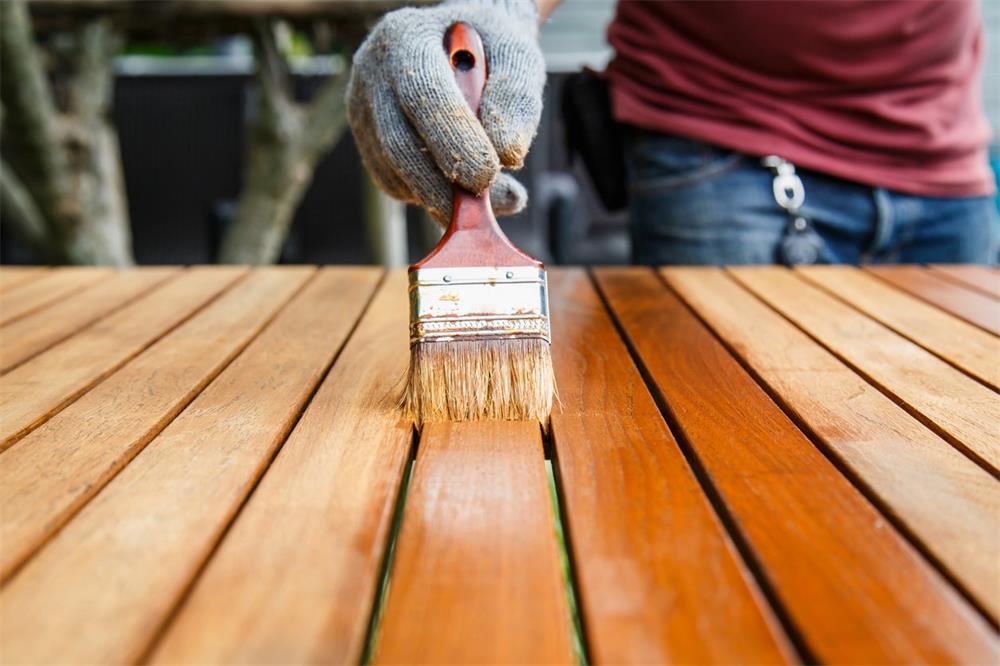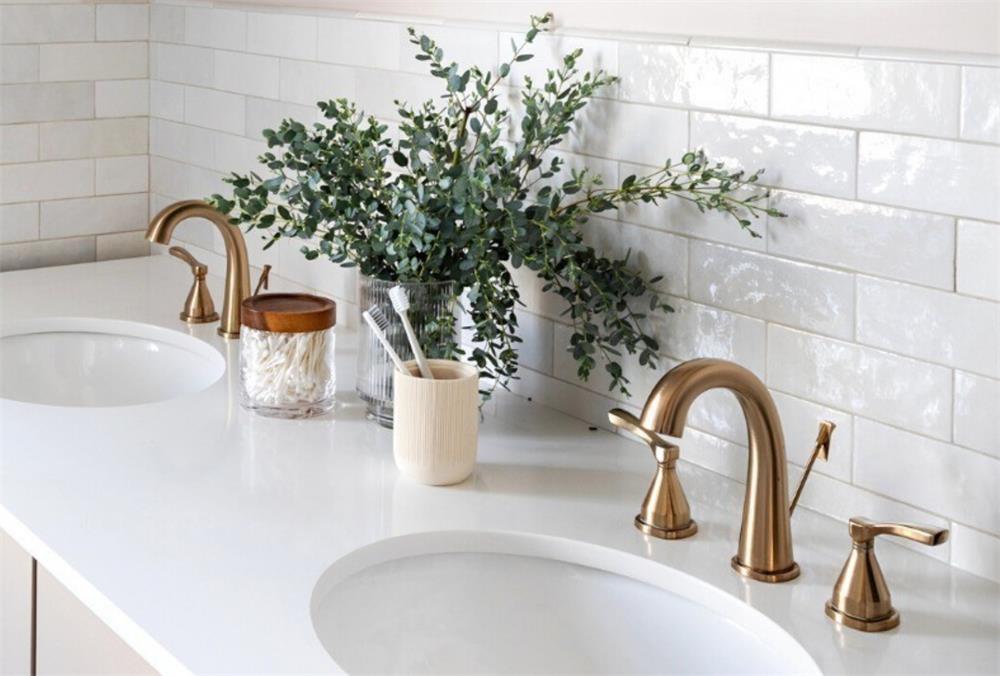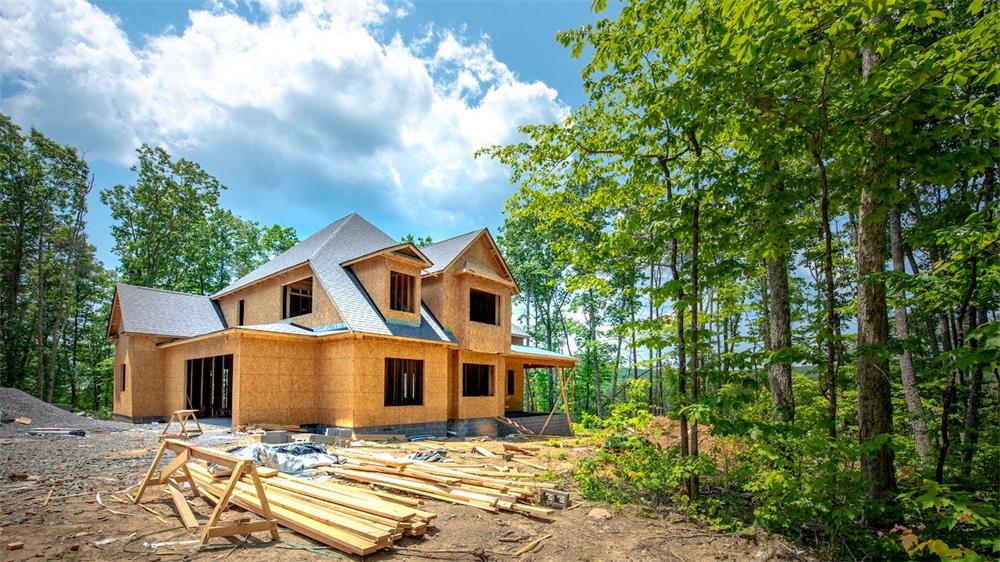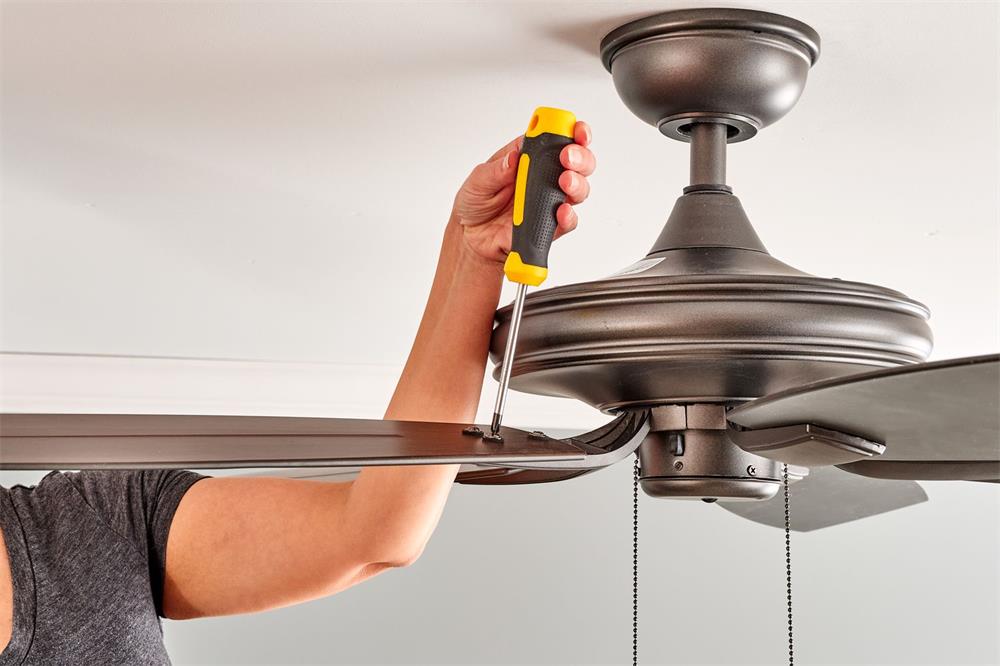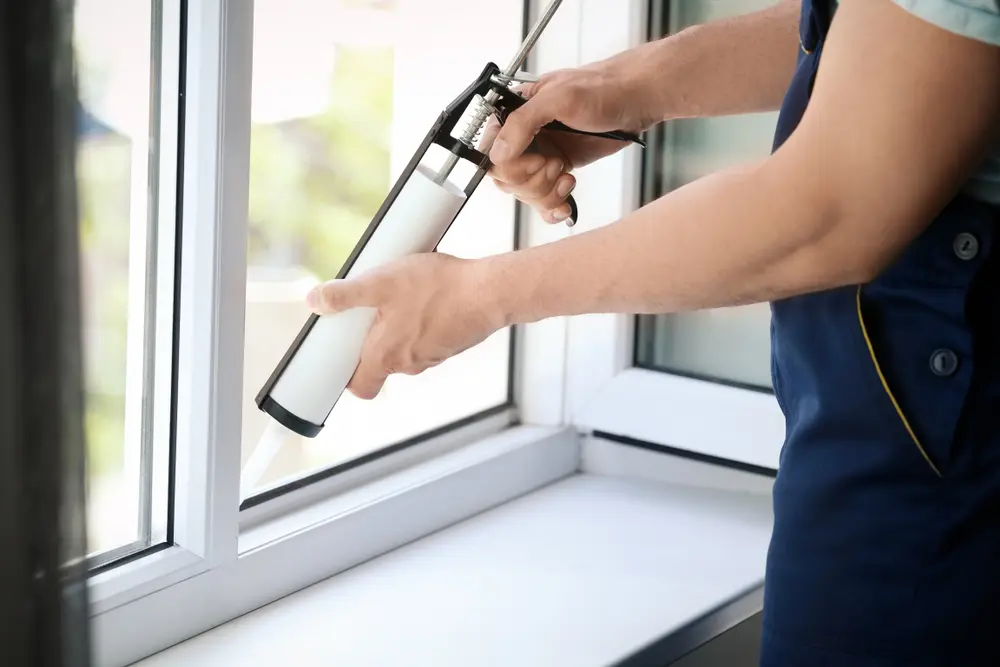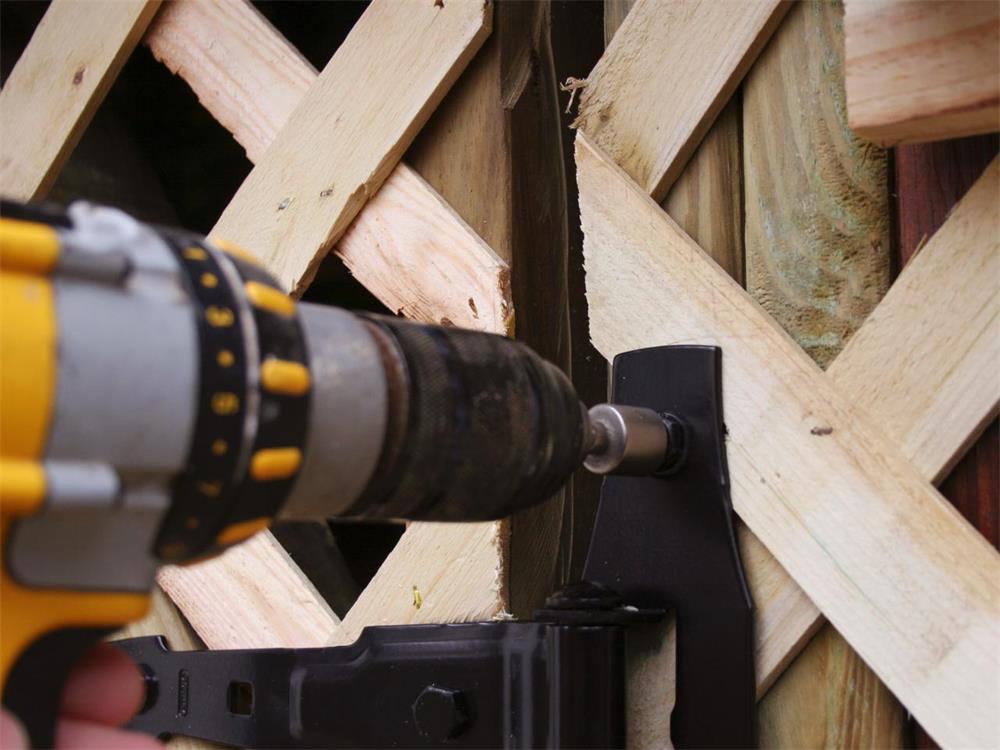Contents
- 1 Step 1: Define your goals and scope
- 2 Step 2: Research and get inspired
- 3 Step 3: Set a budget and timeline
- 4 Step 4: Apply for permits and check for restrictions
- 5 Step 5: Hire professionals or DIY
- 6 Step 6: Choose and order materials and products
- 7 Step 7: Prepare your home and yourself
- 8 Step 8: Start the demolition and construction
- 9 Step 9: Complete the inspections and tests
- 10 Step 10: Add the finishing touches
- 11 Conclusion
Home renovation can be a rewarding and exciting process, but it can also be challenging and stressful. Whether you want to update your kitchen, add a new bathroom, or transform your entire house, you need to have a clear plan and a realistic budget. Here are some steps to help you plan and execute a successful home renovation.
Step 1: Define your goals and scope
Before you start any renovation project, you need to have a clear idea of what you want to achieve and how much you want to spend. Think about your needs, preferences, and lifestyle, and how you want your home to look and function. Do you need more space, more light, more storage, or more style? Do you want to improve the energy efficiency, comfort, or safety of your home? Do you want to increase the value of your home for resale?
Write down your goals and prioritize them according to their importance and urgency. Then, decide on the scope of your project. Do you want to renovate one room, several rooms, or the whole house? Do you want to make cosmetic changes or structural changes? Do you want to do it yourself or hire professionals?
Step 2: Research and get inspired
Once you have defined your goals and scope, you need to do some research and get inspired by different styles and trends that appeal to you. You can browse online sources such as Pinterest, Houzz, or Instagram, or look at magazines, books, or TV shows. You can also visit showrooms, open houses, or model homes to see what’s possible and what’s popular in your area.
Collect images, samples, colors, materials, and products that match your vision and taste. Create a mood board or a scrapbook to organize your ideas and inspiration. You can also use online tools such as SketchUp or RoomSketcher to create 3D models of your desired layout and design.
Step 3: Set a budget and timeline
The next step is to set a realistic budget and timeline for your renovation project. You need to consider the cost of materials, labor, permits, fees, taxes, contingencies, and unexpected expenses. You can use online calculators or estimators to get a rough idea of how much your project will cost based on the size, scope, and quality of your renovation. You can also get quotes from contractors or suppliers to compare prices and options.
To set a timeline for your project, you need to consider the availability of materials, labor, permits, inspections, and weather conditions. You also need to factor in delays, disruptions, and changes that may occur during the renovation process. You can use online tools such as Microsoft Project or Smartsheet to create a detailed schedule and track the progress of your project.
Step 4: Apply for permits and check for restrictions
Depending on the type and scale of your renovation project, you may need to apply for permits and check for restrictions before you start any work. Permits are required for any work that involves structural changes, electrical wiring, plumbing systems, gas lines, heating systems, ventilation systems, insulation systems, or fire safety systems. Permits ensure that your renovation meets the building codes and standards in your area.
Restrictions are rules or regulations that limit what you can do with your property. Restrictions may apply if your home is located in a historic district, a conservation area, a flood zone, or an earthquake zone. Restrictions may also apply if your home is part of a homeowners association, a condominium association, or a co-op board. Restrictions may affect the size, shape, height, color, style, or materials of your renovation.
You can check with your local building department, planning department, zoning department, or historic preservation office to find out what permits and restrictions apply to your project. You can also consult with an architect, an engineer, or a contractor to help you with the permit process and ensure compliance with the regulations.
Step 5: Hire professionals or DIY
The next step is to decide whether you want to hire professionals or do it yourself for your renovation project. Hiring professionals can save you time, effort, and stress, and ensure quality workmanship and safety standards. However, hiring professionals can also be expensive and require coordination and communication.
Doing it yourself can save you money and give you more control and satisfaction over your project. However, doing it yourself can also be time-consuming and exhausting and require skills and tools.
The best option depends on the complexity and scope of your project, your skills and experience, your budget and time frame, and your personal preference. You can also choose to combine both options and hire professionals for some tasks and do others yourself.
Step 6: Choose and order materials and products
The next step is to choose and order the materials and products you need for your renovation project. You need to consider the quality, durability, functionality, aesthetics, and cost of the materials and products you choose. You also need to consider the availability, delivery time, warranty, and return policy of the suppliers you order from.
You can shop online or in person for the materials and products you need. You can also consult with professionals such as designers, contractors, or suppliers to get recommendations and advice. You can use online tools such as Houzz or Wayfair to compare prices and options and read reviews and ratings.
When you order your materials and products, make sure you check the specifications, dimensions, quantities, and colors carefully. You also need to inspect the items when they arrive and store them properly until you are ready to use them.
Step 7: Prepare your home and yourself
The next step is to prepare your home and yourself for the renovation process. You need to protect your home from dust, debris, damage, and theft. You also need to protect yourself from noise, stress, inconvenience, and safety hazards.
To prepare your home, you need to declutter, pack up, or move any items in the renovation zone. You also need to cover or seal any openings, vents, or ducts that may spread dust or debris. You may also want to install security cameras or alarms to monitor your home during the renovation.
To prepare yourself, you need to plan ahead for how you will live during the renovation. You may need to set up a temporary kitchen, bathroom, bedroom, or living area in another part of your home or outside your home. You may also want to inform your neighbors about your renovation and ask for their cooperation and understanding.
Step 8: Start the demolition and construction
The next step is to start the demolition and construction of your renovation project. This is the most exciting and messy part of the process. You need to follow your plan and schedule carefully and communicate with your professionals or helpers regularly. You also need to monitor the quality and progress of the work and deal with any issues or changes that may arise.
During the demolition and construction phase, you need to be flexible and adaptable. You may encounter unexpected problems such as hidden damage, faulty wiring, plumbing leaks, or structural issues. You may also change your mind about some aspects of your design or discover new ideas or options that you want to incorporate. In these cases, you need to communicate with your professionals or helpers and adjust your plan and budget accordingly.
Step 9: Complete the inspections and tests
The next step is to complete the inspections and tests required for your renovation project. Inspections and tests ensure that your renovation meets the building codes and standards in your area and that everything works properly and safely. You may need to have inspections and tests for electrical, plumbing, heating, ventilation, insulation, fire safety, and structural systems.
You can schedule the inspections and tests with your local building department or with certified inspectors or testers. You need to have the permits and documents ready for the inspections and tests. You also need to fix any issues or violations that may be found during the inspections and tests.
Step 10: Add the finishing touches
The final step is to add the finishing touches to your renovation project. This is the most fun and satisfying part of the process. You get to see your vision come to life and enjoy the results of your hard work. The finishing touches include painting, flooring, lighting, fixtures, appliances, furniture, accessories, and decorations.
To add the finishing touches, you need to follow your design plan and budget carefully and choose items that match your style and taste. You also need to clean up your home and remove any dust, debris, or waste from the renovation. You may want to hire a professional cleaning service or a dumpster rental service to help you with this task.
Conclusion
Home renovation can be a rewarding and exciting process, but it can also be challenging and stressful. By following these steps, you can plan and execute a successful home renovation that meets your goals and expectations. Remember to do your research, set a realistic budget and timeline, hire professionals or DIY, choose and order materials and products, prepare your home and yourself, start the demolition and construction, complete the inspections and tests, and add the finishing touches. Enjoy your new home!

